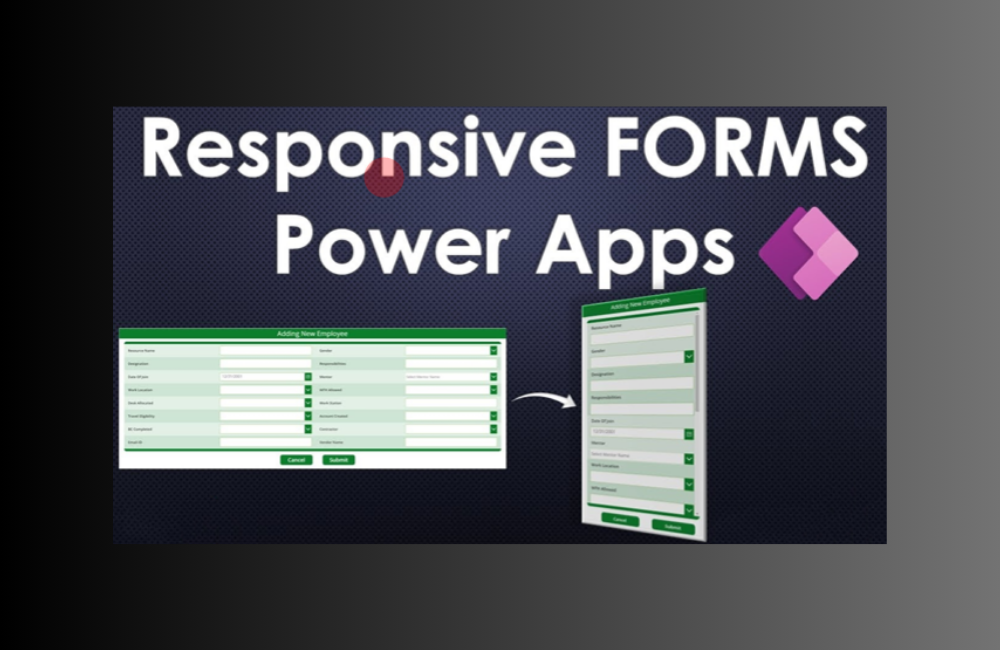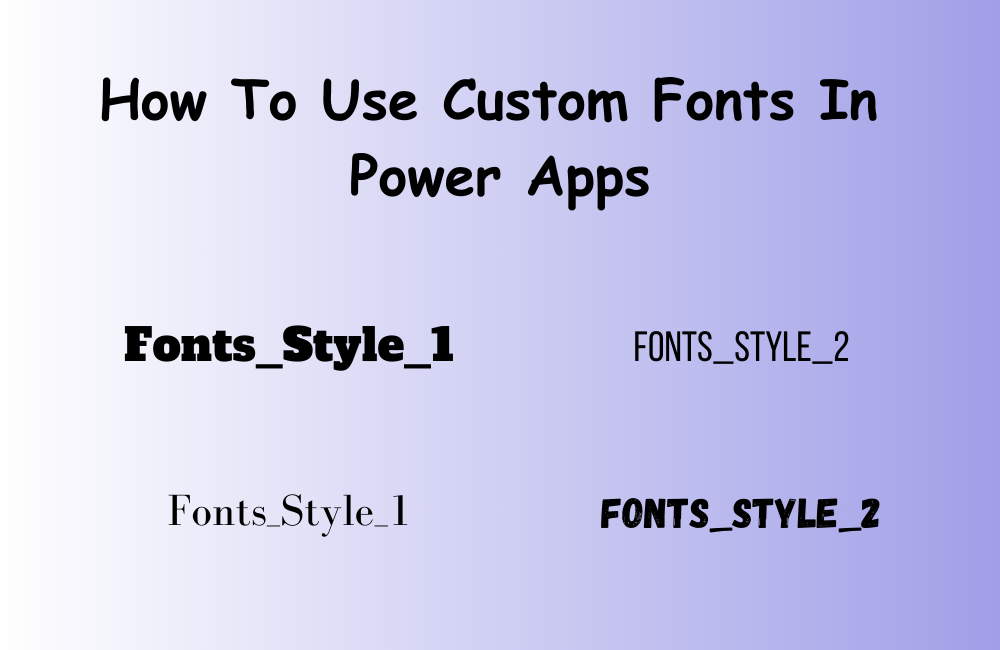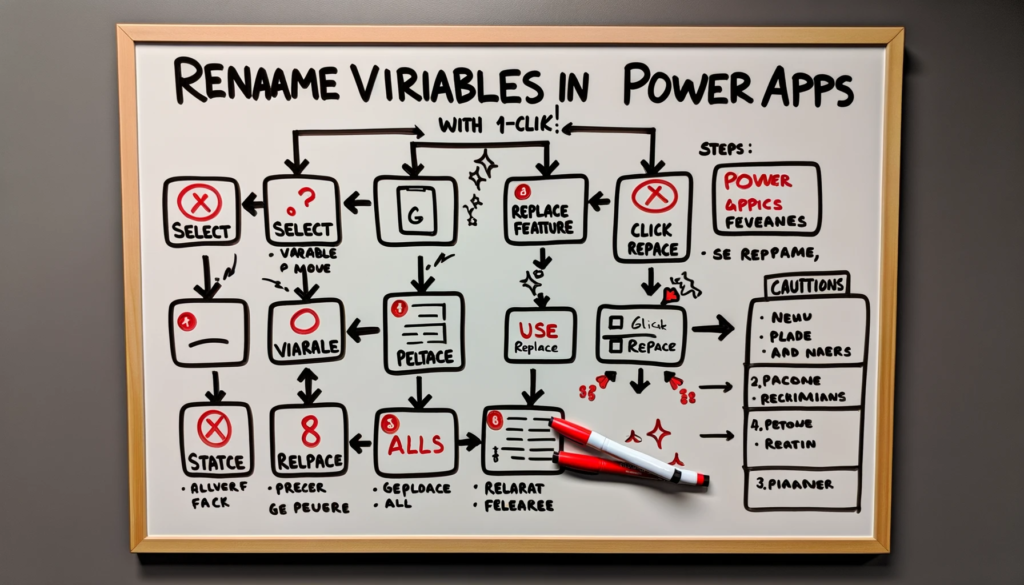If you’ve been seeking a seamless way to integrate Microsoft Teams functionality into your PowerApps, the Microsoft Teams connector is the perfect solution. This article will delve into how you can leverage this connector to send messages, set up meetings, and more in Microsoft Teams directly from PowerApps.
Introduction to the Microsoft Teams Connector
PowerApps provides a robust capability to interact with Microsoft Teams through the Teams Connector. With its complex syntax, this post will simplify the methods, allowing you to add messages and even send out meeting invites effortlessly.
Setting up the Teams Connector
The starting point is to integrate the Microsoft Teams connector into your PowerApps application. This connector comes packed with features:
- Formation of teams, channels, and member addition
- Retrieval of specific teams and channels
- Posting and responding to messages
- Establishment of meeting invites
- Posting adaptive cards
For a comprehensive understanding, visit Microsoft’s documentation.
Microsoft Teams: A Brief Overview
Microsoft Teams categorizes discussions into Teams and Channels. While Teams usually represent a group of collaborators, Channels further narrow down the conversation around specific projects.
Fetching List of Teams
MicrosoftTeams.GetAllTeams().value
This function returns a table detailing the team’s unique ID, display name, and description.
Fetching Channels from Teams
To obtain channels within a team:
MicrosoftTeams.GetChannelsForGroup("team-id").value
Or, to search by team name:
MicrosoftTeams.GetChannelsForGroup(
LookUp(MicrosoftTeams.GetAllTeams().value,
displayName="Your Team Name"
)
).value
Establishing a New Team and Channels
Create a team:
MicrosoftTeams.CreateATeam("Team Name", "Description")
For channel creation:
With({teamReference: LookUp(MicrosoftTeams.GetAllTeams().value, displayName="Your Team Name")},
MicrosoftTeams.CreateChannel(teamReference.id, "Channel Name", {description:"Description"})
)
Posting Messages within Channels
To add a message to a specific channel:
Set(teamRef, LookUp(MicrosoftTeams.GetAllTeams().value, displayName="Team Name"));
Set(channelRef, LookUp(MicrosoftTeams.GetChannelsForGroup(teamRef.id).value, displayName="Channel Name"));
MicrosoftTeams.PostMessageToChannelV3(teamRef.id, channelRef.id, {content:"Message Content", contentType:"text/html"})
Initiating a Microsoft Teams Meeting
Create a meeting:
MicrosoftTeams.CreateTeamsMeeting(
LookUp(varCalendars, DisplayName="Calendar Name").Name,
"Meeting Subject",
{content:"Meeting Content", contentType:"text/html"},
"Timezone",
{dateTime:"Start Time"},
{dateTime:"End Time"},
true/false,
"teamsForBusiness",
{requiredAttendees:"[email protected]"}
)
Conclusion
PowerApps’ Microsoft Teams connector offers the opportunity to execute several Teams functions with ease. From fetching teams and channels to initiating messages and meetings, the above guide details the entire process for a smooth integration. Should you need further assistance or technical support, don’t hesitate to contact us. Our team is more than happy to help!






